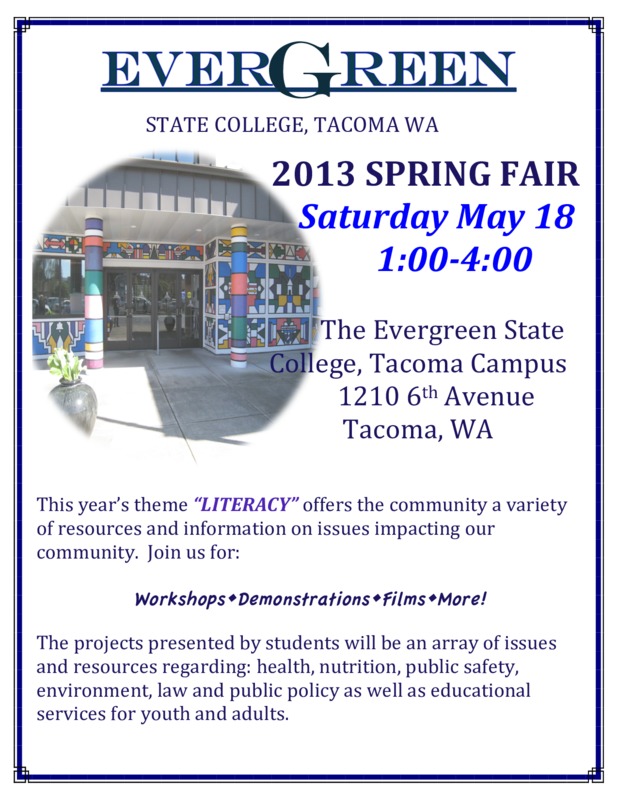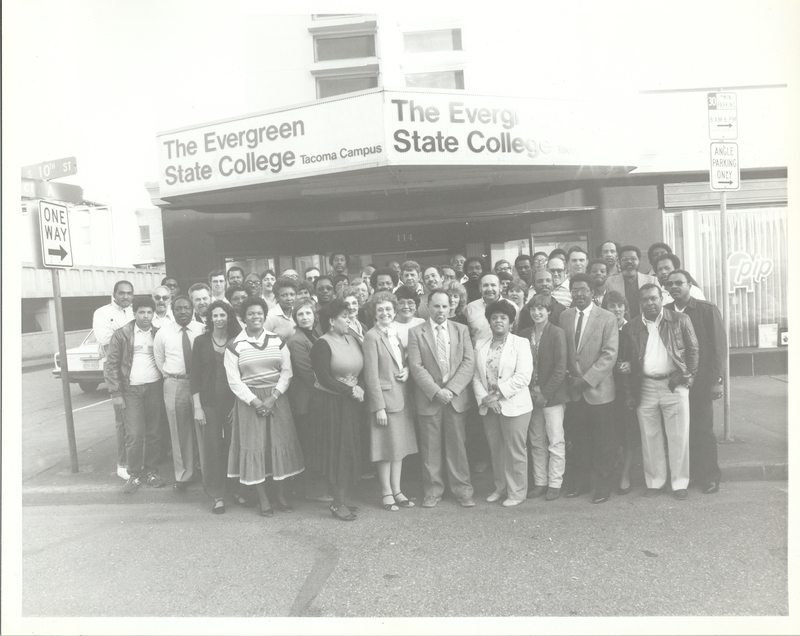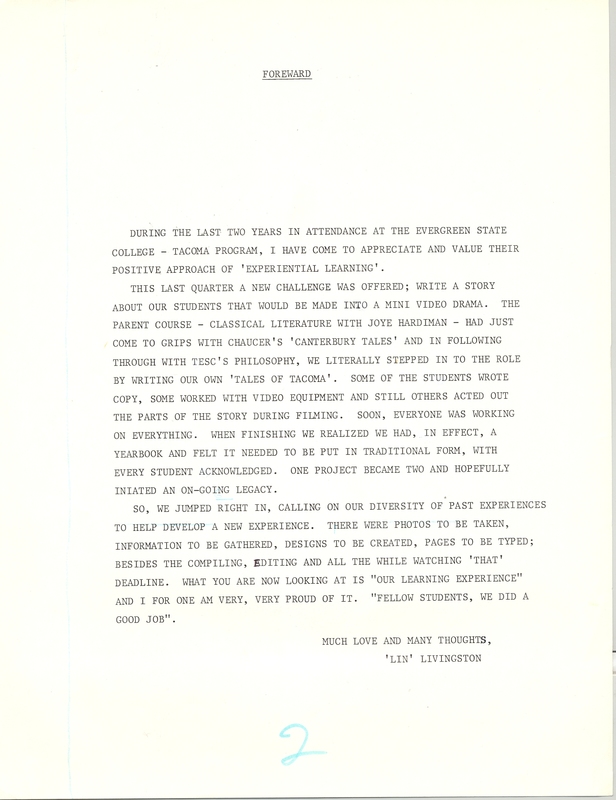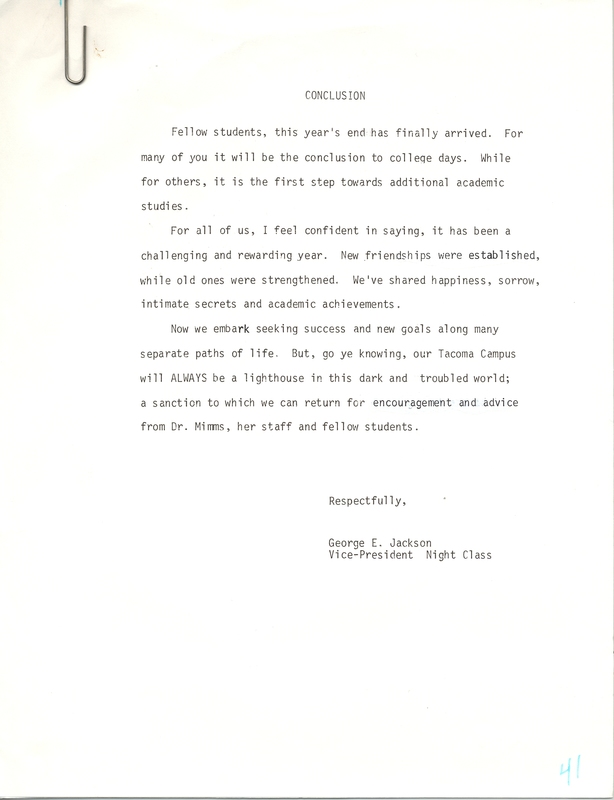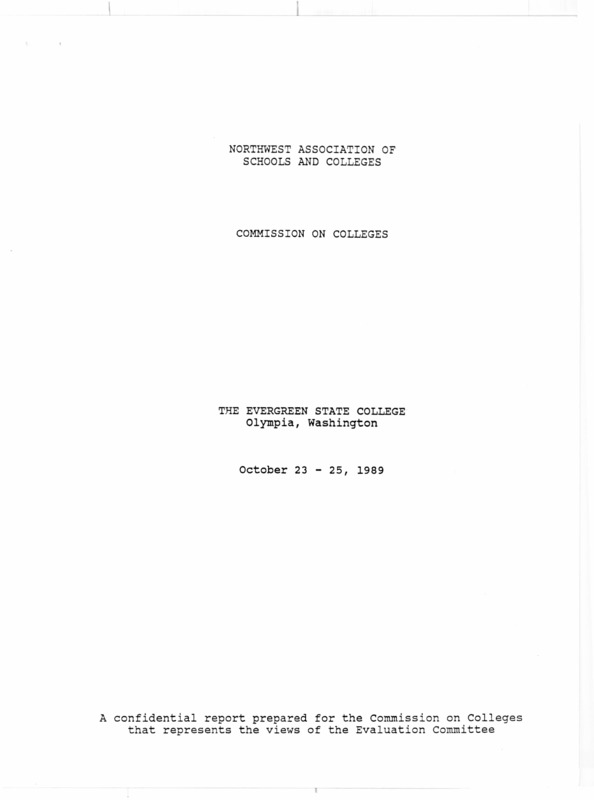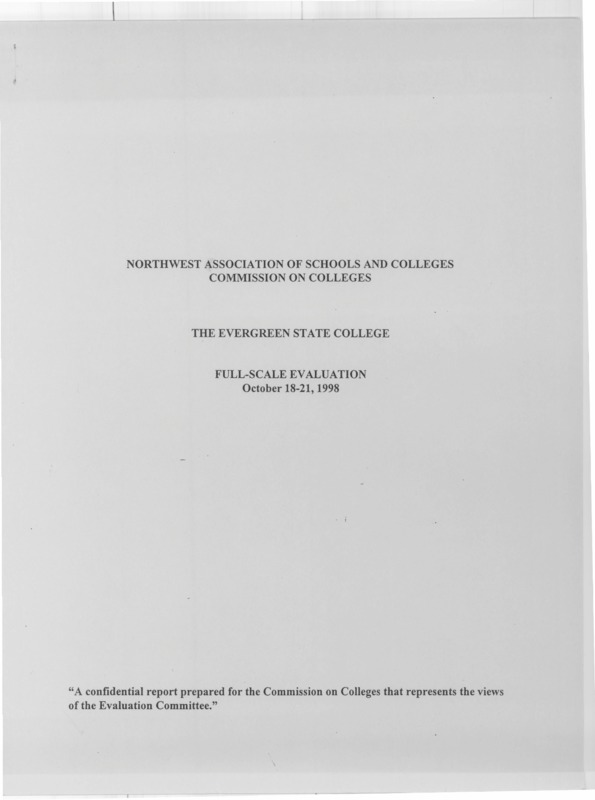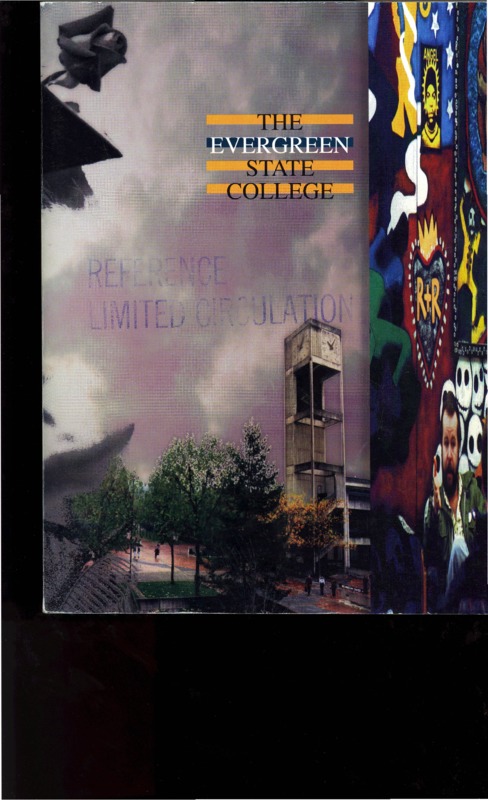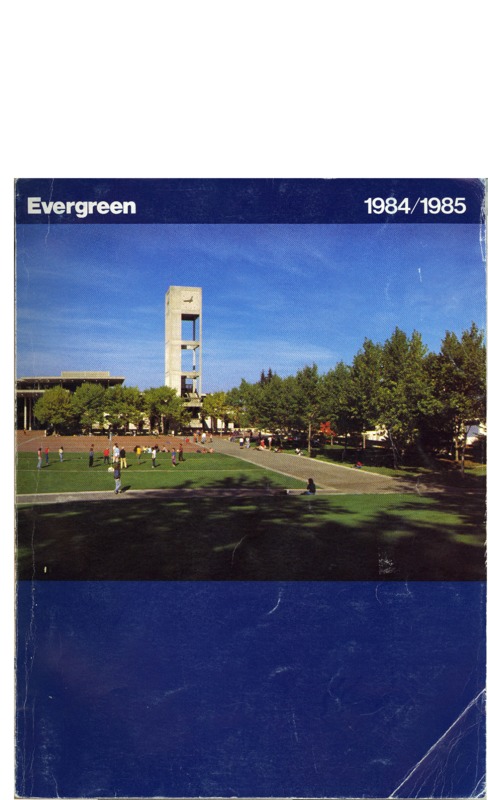Lesson Plan
Overview:
The Evergreen State College-Tacoma program was created by Dr. Maxine Mimms, a faculty member at Evergreen, who overheard Tacoma locals talking about Evergreen and that way it wasn’t servicing their community. Taking this to heart, Mimms enlisted the help of her neighbor Elizabeth Diffendal, another Evergreen faculty member, and the two began teaching students around their kitchen tables.
In the Evergreen-Tacoma program the average age for undergraduates is 38, and most are women and people of color. It’s estimated that between 10 and 20 percent of Evergreen-Tacoma students have been involved with the criminal justice system. While a 2014 study showed that, nation-wide, only 1 in 3 returning students earned a degree, 4 in 5 Evergreen-Tacoma students have gotten their diplomas and ⅔ within the first two years. Many of the students go onto employment, graduate school or professional school within a year of graduating.
Dr. Maxine Mimms began teaching a handful of students in Tacoma in 1972 around her kitchen table, with the help of her neighbor and fellow Evergreen faculty member, Dr. Elizabeth Diffendal. Dr. Mimms had joined Evergreen in 1972 and was highly involved in the Non-White People’s Coalition which later became the First Peoples Multicultural, Trans, and Queer Support Services. When the program grew too large to be contained in their homes, they moved to various places around Tacoma including the Tacoma Urban League, the Puyallup Tribal Center, and the Colored Women’s Clubhouse.
It wasn’t until 1982 that the Evergreen-Tacoma program was recognized as an official campus of Evergreen and had its new, permanent home established at 12th and Martin Luther King Way in Tacoma. When the program was added to the Evergreen budget, the state required it to down-size from four year students to serving only juniors and seniors as the state did not want to fund both Evergreen-Tacoma and Tacoma Community College (TCC). Therefore, in 1985 Evergreen-Tacoma partnered with TCC to create the Tacoma Bridge Program that allowed students to take freshman and sophomore classes at TCC in order to transfer to Evergreen-Tacoma for junior and senior classes.
Dr. Mimms retired in 1990, handing the directorship of the Evergreen-Tacoma program over to Dr. Winteonnette Joye Hardiman (hired at Evergreen in 1975), who had been her protege. Dr. Hardiman retired in 2007 and various Evergreen-Tacoma faculty members took over the position of Interim Director before Evergreen appointed Dr. Marcia Tate Arunga as Evergreen-Tacoma’s first ever Tacoma dean.
Questions:
-
Take a look at the Message of year's end from George E. Jackson and the Forward to the yearbook by Lin Livingston. What do these two documents tell you about the sort of work Evergreen-Tacoma students were doing? What can you discern about the type of community Evergreen-Tacoma was? Look at the photo of the Evergreen Tacoma faculty and night students. In conjunction with the two documents, think about the types of students who were attending the Evergreen-Tacoma program in the ‘80s.
-
Read through the descriptions of the Evergreen-Tacoma program’s course offerings in the three Course Catalogs: (page 88 [90]) Course Catalog, 1996-1997; (page 77 [82]) Course Catalog, 1994-1995; (page 75 [77]) Course Catalog, 1984-1985. What are common themes you see in the different course offerings? How do you think the course offerings have been geared towards working people? What differences do you see between the course offerings in 1984 versus the course offerings in 1994?
-
Check out the flyer for the Evergreen-Tacoma Spring Fair. How do you think the theme of “Literacy” could apply to the topics of health, public safety, or the environment? Think back to the course catalogs in the previous question. How do you see the theme of “Literacy” fitting in with the courses at Evergreen-Tacoma?
-
Compare the Evergreen-Tacoma portions of the Accreditation reports 1998 (page 18 [21]) and 1989 (page 24 [27]), created almost ten years apart. What are some of the areas of improvement that the reports have highlighted? What has changed over the ten-year period? What hasn’t changed? What do you think might be some of the causes for the changes and lack of changes?
Additional Resources:
https://historylink.org/File/20740
https://www.sos.wa.gov/_assets/legacy/sixty-eight/maxine-mimms-profile.pdf
https://www.evergreen.edu/tacoma/history
